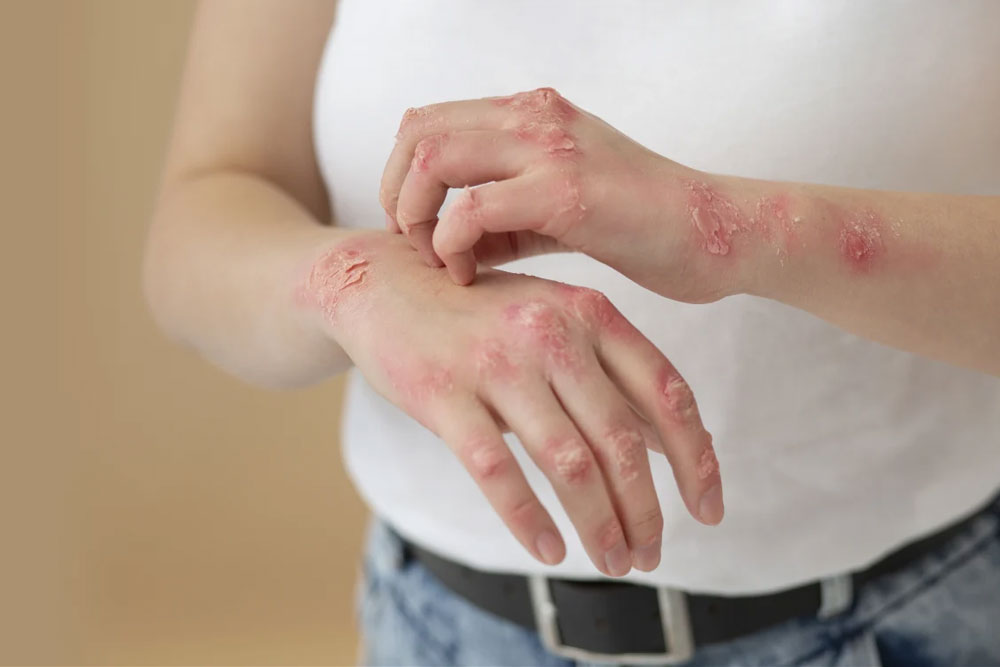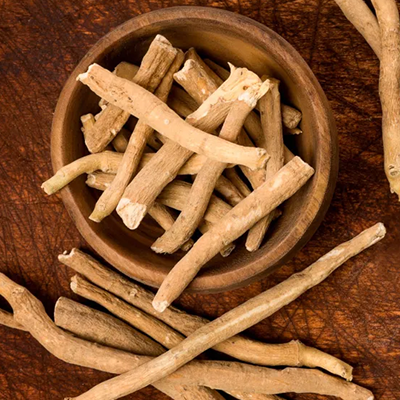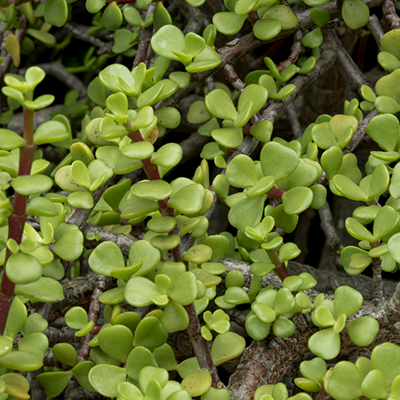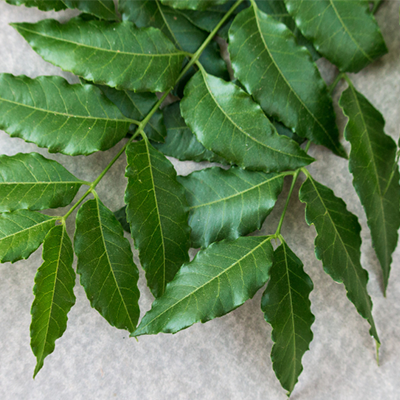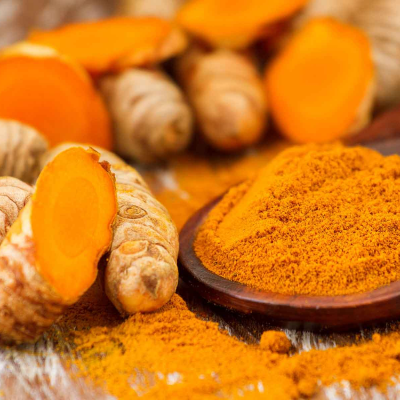Herpes Zoster, commonly known as Shingles, is a viral infection caused by the Varicella Zoster Virus (VZV), the same virus that causes chickenpox. After a person recovers from chickenpox, the virus remains dormant in the body's nerve cells. Later in life, the virus can reactivate and cause shingles, typically affecting a specific area on one side of the body.
Common Sites of Herpes Zoster
- Chest and Abdomen: This is the most common location, where the rash appears in a band around the torso.
- Face and Eyes: Sometimes, shingles affect the face, including the eyes, leading to serious eye complications.
- Neck, Back, and Shoulders: These areas may also be affected, causing pain and rash along nerve pathways.
Causes of Herpes Zoster
- Reactivation of the Chickenpox Virus: If you had chickenpox in childhood, the Varicella Zoster Virus stays in your body. As you get older or if your immune system becomes weak, the virus can reactivate, leading to shingles.
- Weakened Immune System: This can occur due to aging, stress, illnesses (like HIV or cancer), certain medications (e.g., chemotherapy), or conditions that lower immunity.
- Infection: Contact with someone who has chickenpox (if you haven't had it or been vaccinated) can lead to getting chickenpox, which might later result in shingles later in life.
Signs and Symptoms of Herpes Zoster
- Pain or Tingling: The first sign is often pain, burning, or tingling in a specific area on one side of the body. This can be mistaken for a muscle strain.
- Rash: A few days after the pain starts, a rash appears, usually as clusters of small red blisters. The rash often develops in a band-like pattern, following the nerve paths (dermatomes) on the body.
- Fever: Some people experience mild fever and chills.
- Itching: The blisters may itch as they heal.
- Fatigue: Feeling tired or weak is also common.
Complications of Herpes Zoster
1. Postherpetic Neuralgia (PHN):
This is the most common complication, where the pain from shingles continues even after the rash has healed. It occurs because the nerve fibres are damaged during the infection.
2. Eye Problems:
If the shingles rash involves the eyes, it can cause serious issues like eye inflammation, vision problems, and even blindness.
3. Bacterial Infections:
If the blisters become infected with bacteria, it can lead to additional infections.
4. Neurological Issues:
In rare cases, the infection can affect the brain or spinal cord, leading to encephalitis or meningitis.
5. Scarring:
If the blisters are not properly cared for, they can leave permanent scars on the skin.
Ayurvedic Perspective on Herpes Zoster
In Ayurveda, herpes zoster is seen as a Vata-Pitta imbalance that causes Rakta (blood) and Mamsa (muscle) tissue to become vitiated. The condition is linked to Ama (toxins) that accumulate in the body due to weakened digestion, causing inflammation and pain.
- Vata Dosha: Governs movement and can cause nerve pain and discomfort.
- Pitta Dosha: Governs heat and inflammation, leading to the burning sensation.
- Kapha Dosha: Imbalances may affect the skin, leading to fluid accumulation in the blisters.
Dietary and Lifestyle Recommendations:
- Eat soothing and cooling foods such as coconut, ghee, and leafy greens to balance Pitta and Vata.
- Avoid spicy, salty, and acidic foods that could increase inflammation.
- Maintain stress levels through yoga, meditation, and breathing exercises to balance the mind and body.
- Rest and hydration are key to supporting the healing process.
Herbal Remedies:
1. Ashwagandha (Withania somnifera):
- Acts as a rejuvenative and immune booster, balancing Vata and Pitta.
- Dosage: 1-2 grams of powder twice a day or as prescribed by a healthcare provider.
2. Guduchi (Tinospora cordifolia):
- Enhances immunity and reduces inflammation.
- Dosage: 1-2 grams of powder or capsules twice daily.
3. Brahmi (Bacopa monnieri):
- Improves nerve function and reduces stress.
- Dosage: 1-2 grams of powder in the morning.
4. Neem (Azadirachta indica):
- Has antiviral and antibacterial properties, helping heal the blisters and reducing skin infection.
- Dosage: Neem powder or neem juice can be taken in moderation
5. Turmeric (Curcuma longa):
- Reduces inflammation and aids in healing.
- Dosage: 1 tsp of turmeric powder mixed with warm milk or water twice a day.
Herpes Zoster is a painful viral infection that can be managed effectively with medical treatment, proper care, and Ayurvedic remedies. Ayurveda focuses on balancing the doshas, improving immunity, and promoting healing through natural herbs and therapies. For severe or persistent cases, it is always recommended to seek medical attention in addition to Ayurvedic support.


